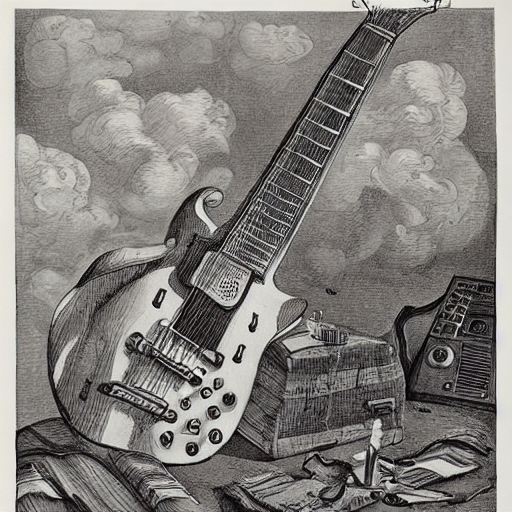
Mastering at Home: Essential Techniques and Tools for DIY Audio Engineers
In today's digital age, more and more musicians and producers are taking the DIY approach to audio mastering. With a home studio setup and some knowledge of audio engineering principles, you can polish your tracks without breaking the bank. This article will provide tips and tricks for DIY audio mastering in a home studio environment.

1. Prepare Your Mix
Before starting the mastering process, ensure that your mix is well-balanced and free of any technical issues. Take the time to address any problematic frequencies, panning, and volume levels. A good mix will make the mastering process much smoother and help you achieve a professional sound.
2. Mastering Software and Plugins
Invest in quality mastering software and plugins to help you achieve professional results. Some popular options include:
- FabFilter Pro-Q 3: A versatile and precise EQ plugin, perfect for making surgical adjustments during mastering.
- Chosen Masters Online Engine: Experience top-notch professional audio mastering with our advanced online software, designed to deliver exceptional results while being user-friendly and affordable. Elevate your music to industry standards and achieve that polished, radio-ready sound with ease.
3. Use Reference Tracks
One of the best ways to ensure your mastered track sounds professional is by comparing it to well-mastered reference tracks in the same genre. This will help you make informed decisions about EQ, compression, and loudness, and ensure your track stands up to commercially released music.
4. Set Up Your Monitoring Environment
A reliable monitoring environment is essential for making accurate mastering decisions. Here are some tips for optimizing your home studio:
- Acoustic Treatment: Invest in bass traps, absorption panels, and diffusers to minimize room reflections and standing waves.
- Monitor Placement: Position your studio monitors at ear level and create an equilateral triangle with your listening position.
- Monitor Calibration: Calibrate your monitor levels to ensure an accurate representation of the frequency spectrum.
5. Mastering Techniques
Here are some essential mastering techniques to consider when working on your tracks:
- EQ: Use EQ to make subtle adjustments to the overall tonal balance of your mix. Be cautious not to overdo it, as drastic EQ changes can negatively impact the mix.
- Compression: Apply gentle compression to control the overall dynamics of your mix, helping to glue the elements together.
- Limiting: Use a limiter to increase the loudness of your track while maintaining the dynamics and preventing clipping.
- Stereo Imaging: Enhance the stereo width of your mix, ensuring a balanced and spacious soundstage.

6. Learn from the Pros
There are many online resources available to help you learn more about mastering techniques and best practices. Websites, forums, and YouTube channels offer a wealth of knowledge, often from experienced mastering engineers. Some popular options include:
- Pensado's Place
- The Mastering Show Podcast
- Puremix.net
7. Don't Rush the Process
Mastering is a critical step in the music production process, and it's essential to take your time and avoid rushing. Allow yourself the time to make informed decisions, and don't hesitate to revisit your work with fresh ears after taking breaks.
In conclusion, DIY audio mastering can be a rewarding and cost-effective way to achieve professional results in a home studio environment. By investing in quality software, optimizing your monitoring environment, and learning from industry professionals, you can polish your tracks and deliver a polished, professional sound.
Want more great audio tips? Checkout other articles from our blog!